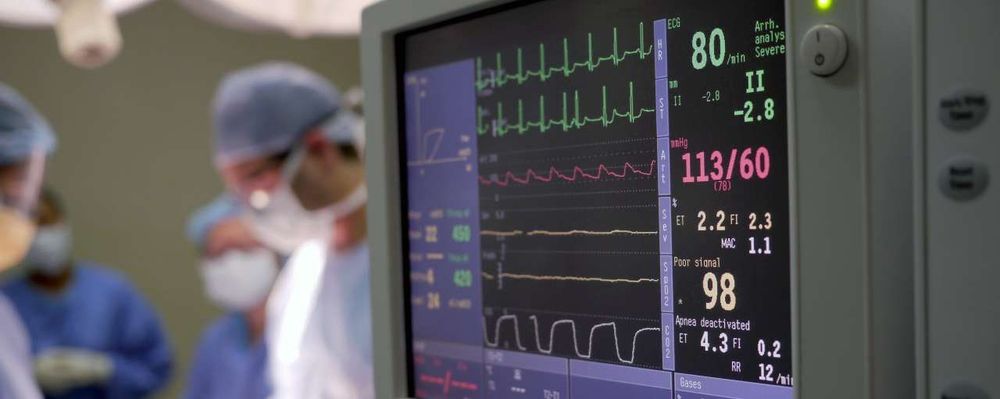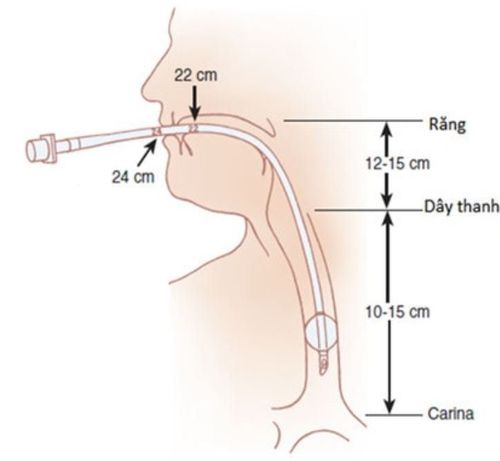This is an automatically translated article.
The article is expertly consulted by an Anesthesiologist, anesthesiologist, anesthesiologist - Department of General Surgery & Anesthesia - Vinmec Hai Phong International General Hospital.Endotracheal anesthesia for cesarean section on the mother with blood disease is a technique of general anesthesia with intubation. The aim is to control breathing during surgery and to perform postoperative resuscitation.
1. Indication for the mother with blood disease
Thalassemia Congenital Anemia Autoimmune hemolytic anemia Coagulopathy associated with thrombocytopenia or drug-induced thrombocytopenia Congenital coagulopathy: Von Willebrand Coagulation factor deficiency Pathology Acquired coagulation: Disseminated intravascular coagulation syndrome (DIC) Sickle cell disease Hypercoagulopathy due to deficiency of Antithrombin III, Protein C, Protein S... Note that surgical endotracheal anesthesia is not performed perform cesarean section on a mother with blood disease when the patient does not agree, the medical facility does not have enough anesthesia and resuscitation facilities, or the technician is not proficient in professional techniques.2. Preparation for endotracheal anesthesia for cesarean section
2.1. The person performing the technique Nursing doctor specializing in anesthesiology and resuscitation. 2.2.Preparation of equipment for surgical endotracheal anesthesia Anesthesia machine system with breathing Hand-held oxygen source System of vital functions monitoring machine (ECG monitoring, arterial blood pressure measurement, arterial blood gas SpO2, EtCO2, respiratory rate measurement, body temperature measurement)
Hệ thống máy theo dõi chức năng sống của thai phụ
3. Procedure for performing endotracheal anesthesia for cesarean section in a mother with blood disease
3.1 General procedure The patient is in supine position, breathing 100% oxygen 3-6 liters/min, starting at least 5 minutes before induction of anesthesia. Install a Monitor Set up an effective transmission line. Perform pre-anesthesia (if necessary)
Sản phụ được thiết lập đường truyền tĩnh mạch

Sử dụng thuốc giảm đau trong trường hợp cần thiết
4. When can the endotracheal tube be extubated?
Pregnant women are awake, can follow orders, muscle relaxants are completely neutralized. Raise the patient's head for more than 5 seconds, the TOF index > 0.9 (if any). Postoperatively, the patient can breathe spontaneously. Breathing rate is within normal limits. The pulse and blood pressure are stable. Body temperature is over 35 degrees Celsius. There are no complications of anesthesia and surgery.5. Complications when performing endotracheal anesthesia technique for cesarean section in a mother with blood disease
Gastroesophageal reflux into airway (with digestive juices in the mouth and in the airways): aspirate the fluid, lay the head low and tilt to one side, quickly insert the endotracheal tube and aspirate the fluid, monitor and take precautions Pulmonary infections Hemodynamic disturbances: increased and decreased blood pressure, cardiac arrhythmia. .. Respiratory complications: retraction, folding or the endotracheal tube is pushed deep into one lung, the respiratory system is open, the oxygen source is exhausted... Complications after extubation: respiratory failure, sore throat hoarseness , laryngotracheal-bronchospasm, upper respiratory tract infection, laryngotracheal stenosis...
Kỹ thuật đặt nội khí quản cần chính xác, tránh đặt nhầm vào dạ dày
Pregnant women having cesarean section with bleeding or clotting disorders: need blood transfusion or blood products. Pay attention to signs of splenomegaly, ventricular hypertrophy, heart failure. Pay attention to parameters MCV, low Hb and prolonged TQ, TCK. Prevention of thromboembolism and the risk of allergies. Prevention of blood transfusion complications Prevention of serious blood clotting disorders that can be fatal to pregnant women. Vinmec International General Hospital, with its comprehensive expertise, facilities and professional service quality, has successfully performed surgical endotracheal anesthesia in cesarean section. .
Endotracheal anesthesia in cesarean section at Vinmec has many advantages:
High success rate ≥ 95%, complication rate ≤ 5%, ensuring safety of cesarean section; contribute to the success of cesarean section with pathology. Modern operating room: Negative pressure operating room ensures high sterility, modern anesthesia machine system, patient monitoring machine in surgery Owns anesthesiologists with extensive experience in Obstetric Anesthesia.
Please dial HOTLINE for more information or register for an appointment HERE. Download MyVinmec app to make appointments faster and to manage your bookings easily.













